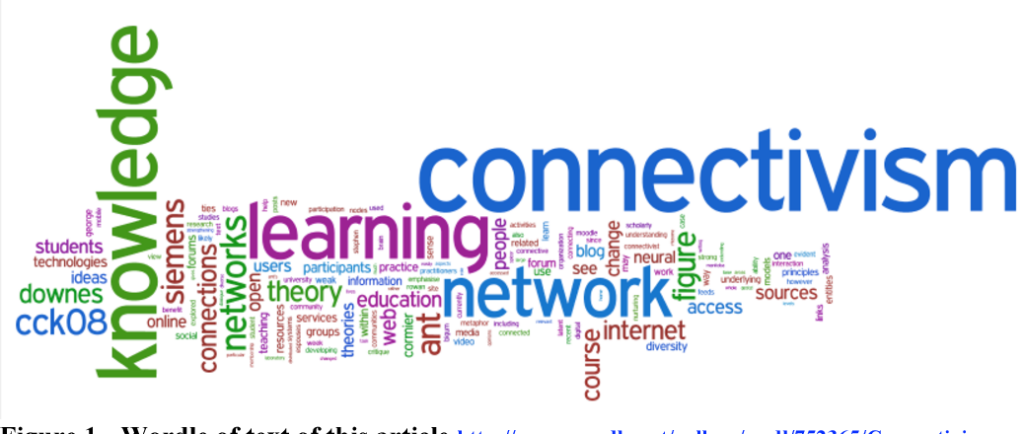
Connectivism articulates a model of learning that is responsive to society’s present structural changes. Learning is no longer a solitary, introspective endeavor. The method people learn and learning goals change when new technologies are utilized.
Connectivism is predicated on the premise that quick changes in the knowledge base result in decision-making changes, new information is always available, and the capacity to discern vital from irrelevant information is critical. Connectivism begins with the person, whose knowledge creates a network woven into numerous organizations and institutions. In turn, the knowledge of each organization and institution is fed back into the individual’s network, allowing for continual learning.
Siemens offers connectivism as a systematic concept in his paper Connectivism: A Learning Theory for the Digital Age, saying that learning is no longer an individual activity but rather a process of linking specialized nodes and information sources.
Learning is the creation of networks. The learning process is connecting various specialized nodes or sources of information. The connection can be any contact between the individual nodes that generate meaning through encoding and decoding, thus enabling the creation of an external network of nodes. Therefore, the creation of connections is the key to networked learning.
Bibliography:
Bell, Frances. “Connectivism: a network theory for teaching and learning in a connected world.” (2009).
Siemens, G. “Connectivism: A Learning Theory for the Digital Age. International Journal of Instructional Technology and Distance Learning.” (2005).